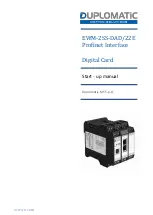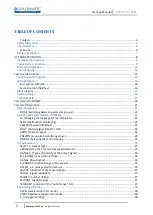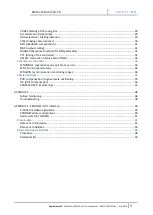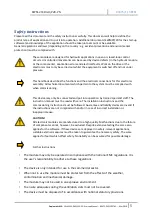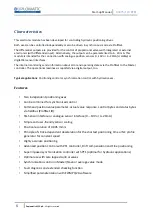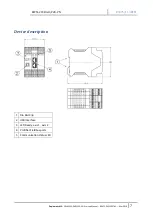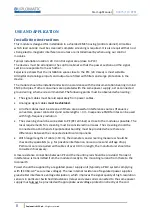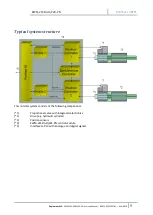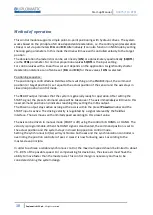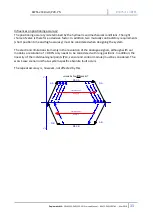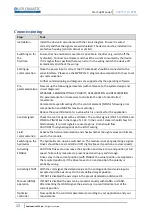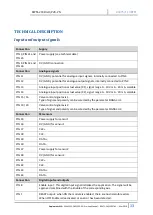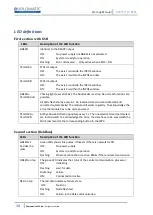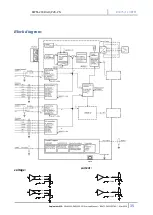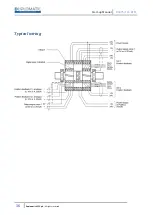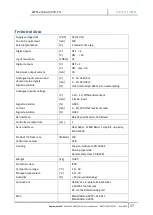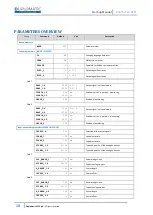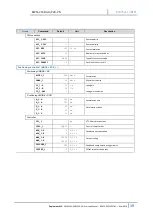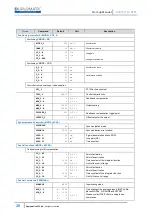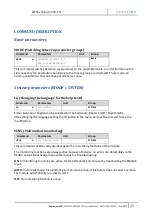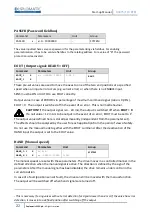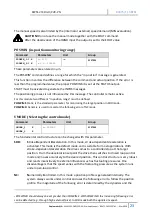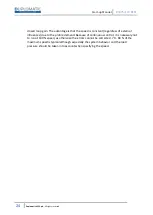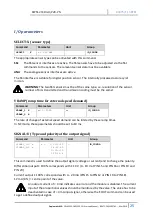
Start-up Manual
89475/119 ETM
10
Duplomatic MS S.p.A.
All rights reserved.
Method of operation
This control module supports simple point-to-point positioning with hydraulic drives. The system
works based on the principle of stroke-dependent deceleration, i.e. the control gain (deceleration
stroke) is set via parameters
D:A
and
D:B
. Alternatively it can also function in NC-Mode by setting
the loop gain parameters. In this mode the drive will move with controlled velocity to the target
position.
The deceleration characteristics can be set linearly (
LIN
) or approximately quadratically (
SQRT1
)
via the
CTRL
parameter. For normal proportional valves
SQRT1
is the input setting.
For control valves with a linear flow curve it depends on the application. A significantly shorter
deceleration distance can often be set (
D:A
and
D:B
) for these valves if
LIN
is selected.
Positioning sequence:
The positioning is controlled via Fieldbus. After switching on the ENABLE input, the command
position (or target position) is set equal to the actual position of the sensor and the axis stays in
closed loop position control mode.
The READY output indicates that the system is generally ready for operation. After setting the
START-signal, the preset command value will be taken over. The axis immediately will drive to this
new command position and indicates reaching it by setting the InPos output.
The Poswin output stays active as long as the axis is within the preset
Poswin
window and the
START input is active. The driving velocity is regulated by a signal received by the fieldbus
interface. The axis moves with a limited speed according to this preset value.
The axis can be driven in manual mode (START is off) using the control bits HAND+ or HAND-. The
velocity is programmable. When the HAND signal is deactivated, the command position is set to
the actual position and the system stays in closed loop position control mode.
Setting the synchronous bit (GL) will synchronize both axes and the synchronization controller is
overriding the position controller of axes 2. Axes 2 is now following axes 1 according to the
master-slave-principle.
In order to achieve a reliable synchronous control, the maximum speed should be limited to about
70… 80 %
of the possible speed. For compensating for deviations, the slave axis must have the
ability to move faster than the master axis. This control margin is necessary and has to be
considered during the system design.

